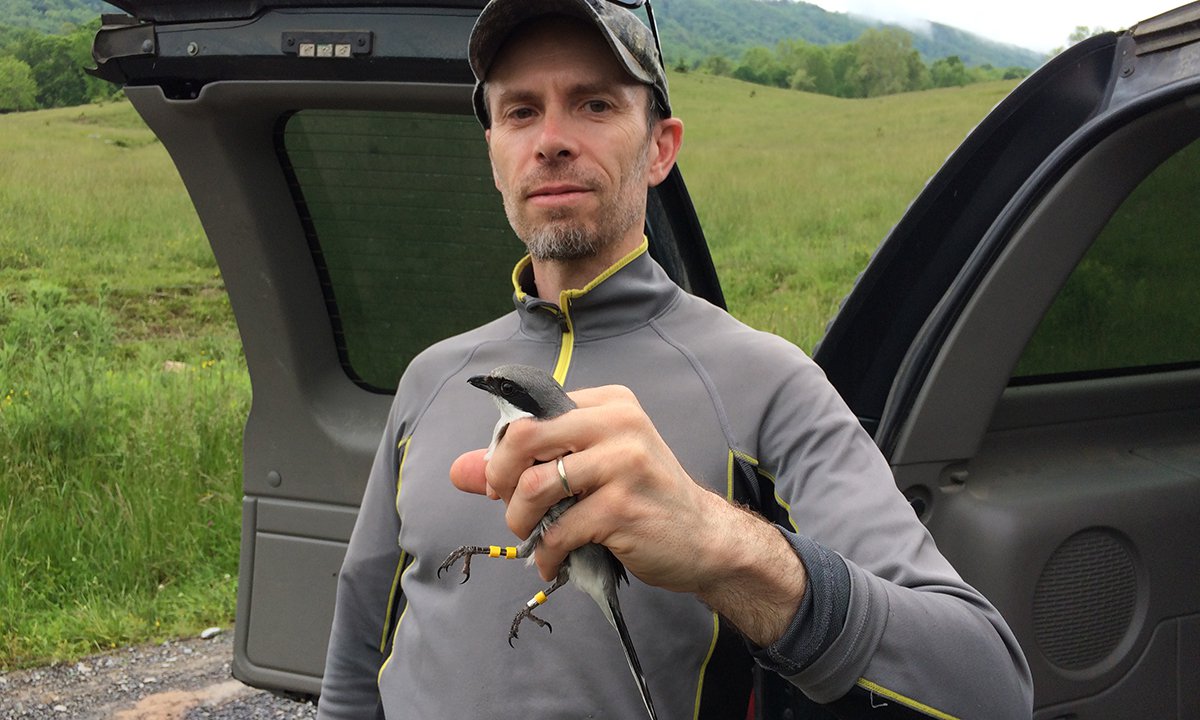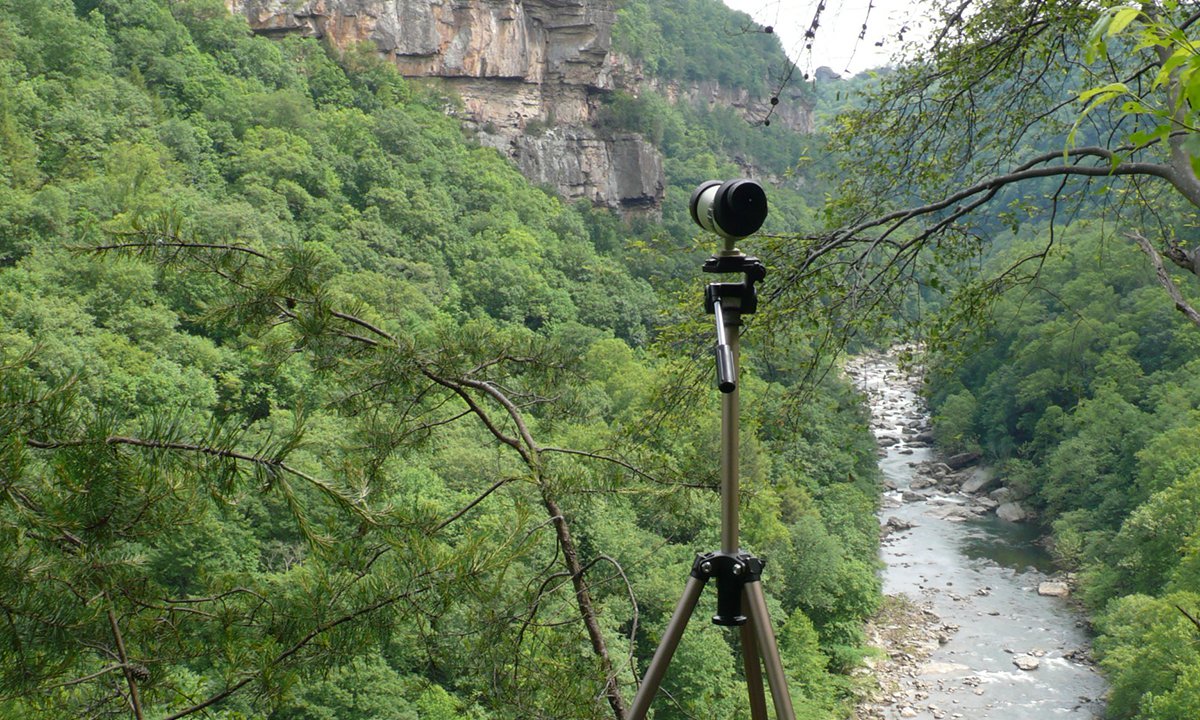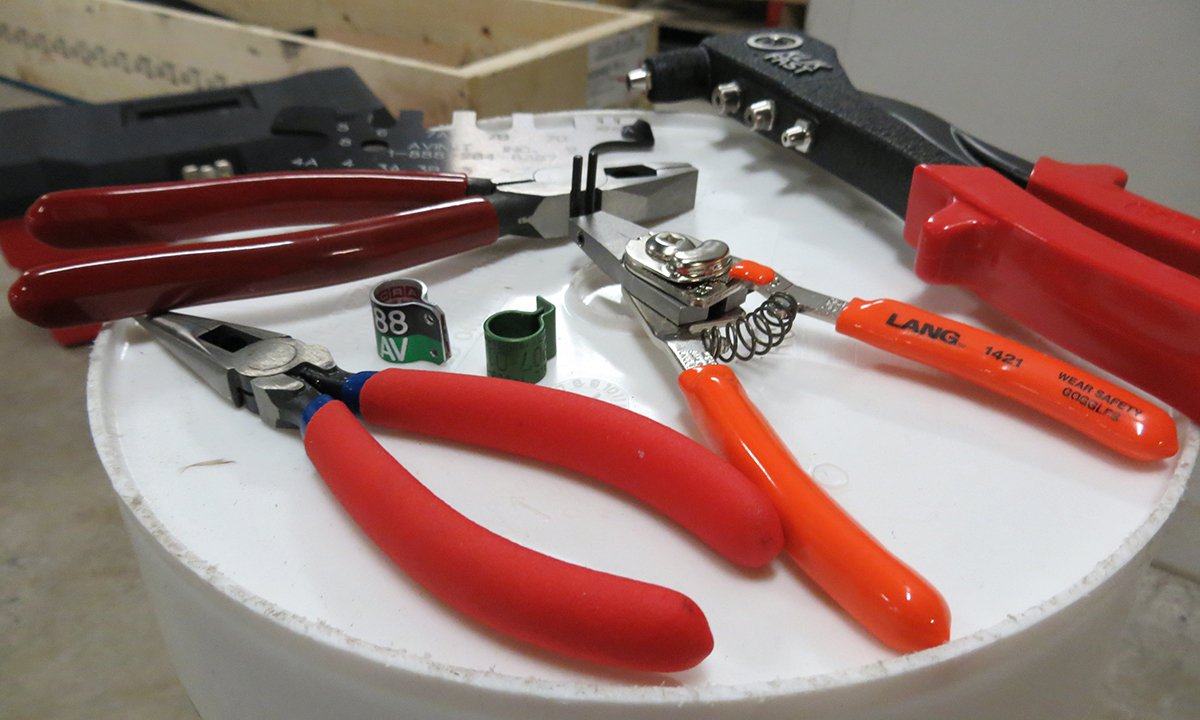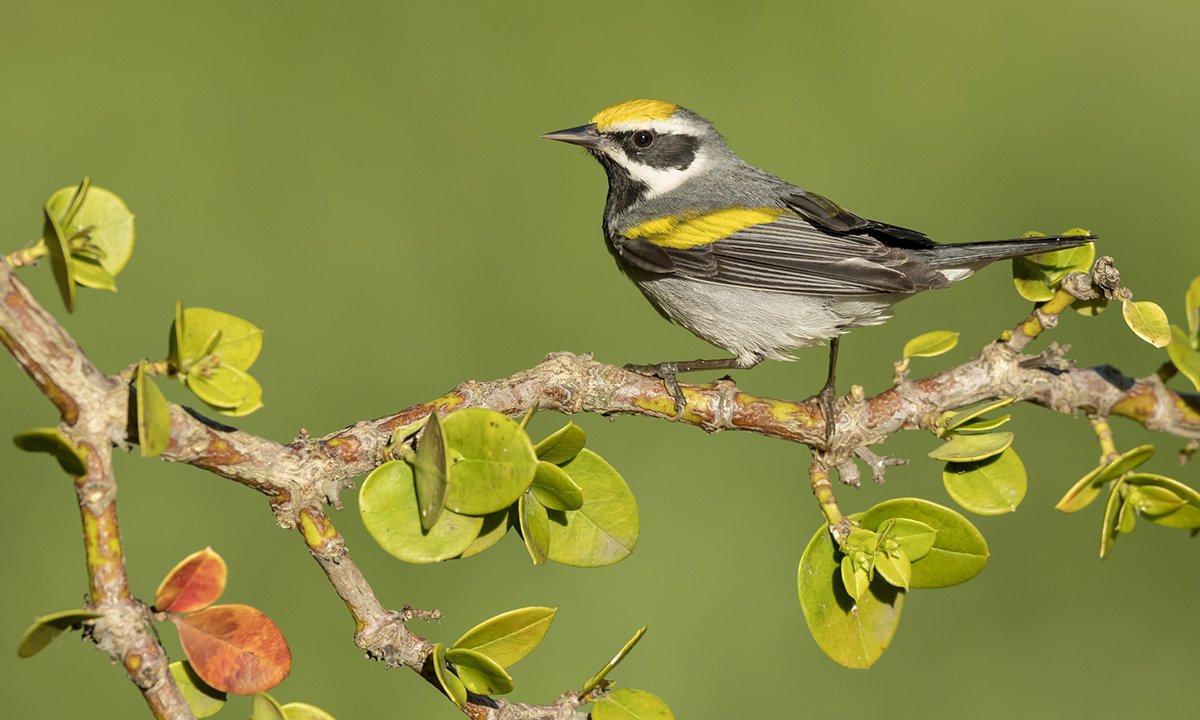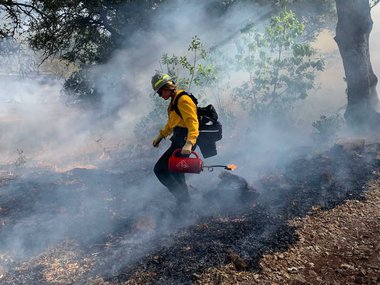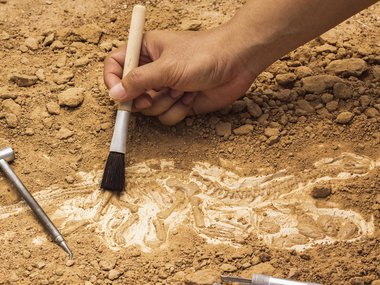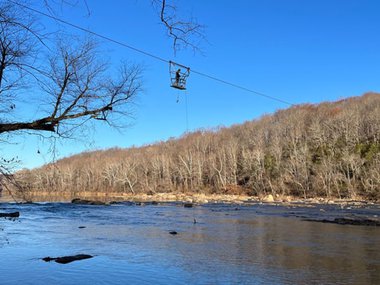Career Catalyst: Ornithologist
Let’s fly into this egg-citing STEM career with a profile of an ornithologist. Here’s a peek at the feathery fun Sergio Harding has as a bird conservation biologist through his own words and on-the-job photos.
Sergio Harding (he/him)
Nongame Bird Conservation Biologist
Education: Bachelor of Science from Binghamton University and Master of Science in Biology from Virginia Tech
I truly love my job! Doing field work is one of the more enjoyable aspects about it. Not only do I get to spend time outdoors with the critters, but working in a natural environment has allowed me to explore parts of Virginia that I otherwise would never have seen. I often meet people who are surprised that an amazing wildlife career like mine even exists.
My activities vary day-to-day, especially depending on the time of year. My job is multifaceted, but boils down to conserving declining wild bird species in Virginia. The ultimate goal of the Virginia Department of Wildlife Resources is to reverse population declines in 80 identified Species of Greatest Conservation Need.
Projects I’m involved in include:
- Designing and conducting field surveys for species like peregrine falcon, golden-winged warbler (pictured in the slideshow), loggerhead shrike and others depending on the season and the year.
- Managing contracts for field research and surveys by universities in cases where we can’t get the work done ourselves.
- Reviewing bird-related permit applications.
- Assisting with regulatory review of proposed habitat-altering projects in order to minimize impacts to wildlife.
- Helping with communications efforts such as writing blogs, giving presentations to bird clubs and developing outreach to private landowners for habitat management on their properties for the benefit of high-priority birds.
- Providing technical consultation on habitat management within and outside my agency.
- Building partnerships and collaborating on projects with other agencies, universities and non-governmental organizations with shared goals in order to improve outcomes for wild bird populations. (Collaboration is important. No one entity has the ability to do it all on their own!)
There is no doubt that humans altering landscapes, along with other human-mediated factors, is largely responsible for many bird species declines. We work hard to reverse that downward trend. This imbues me with a sense of purpose, such that it feels more like a mission than a job, and I feel privileged to be able to conduct this work.
If you want to become a conservation biologist, you need a minimum of a bachelor of science degree in a natural resources field, but experience counts for a lot too! If you are able, gain experience through seasonal positions (ex. field technician on research projects), internships and volunteering. Diversify your range of experience, whether it be the species you work with, the habitats you work in or the specific tasks you learn to do.
Keep in mind that the first professional job that you embark upon may not be your dream job, but as long as it is connected to your longer-term career goals, you can gain valuable experience which will ultimately help you land that perfect job. Conservation biologists usually make between $48,000 - $100,000 a year depending on education and work experience.
Learn More
